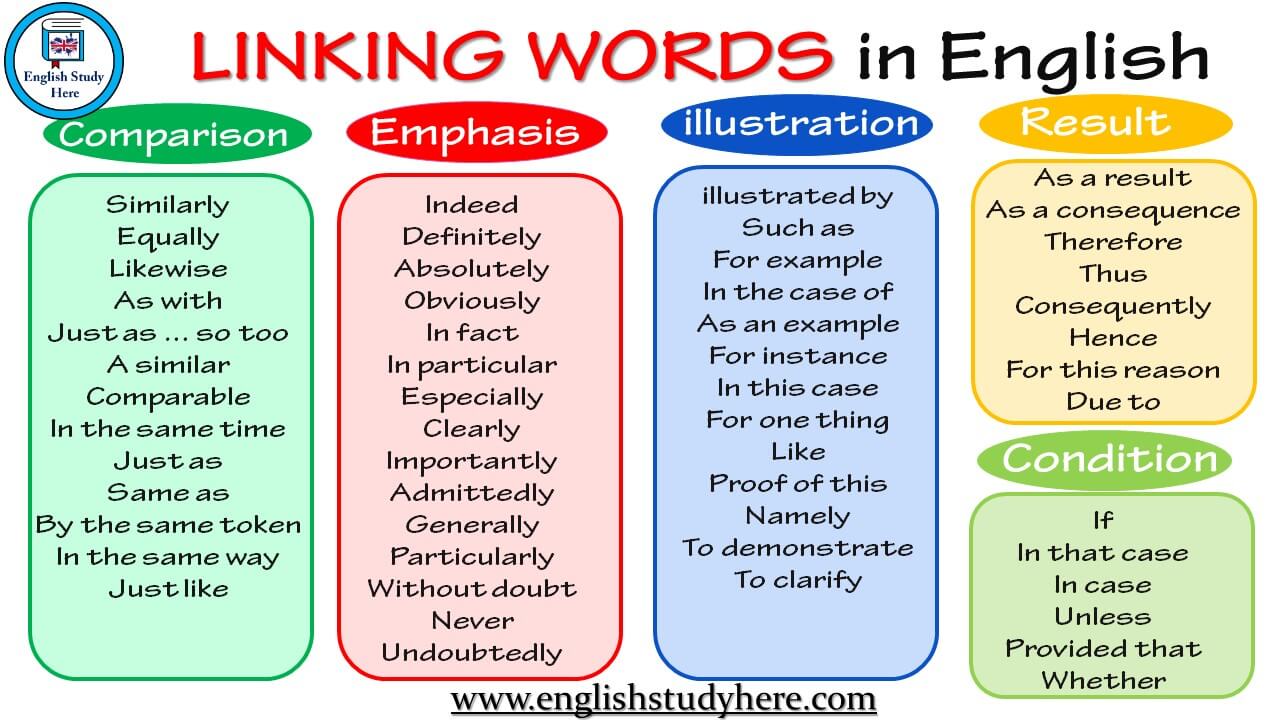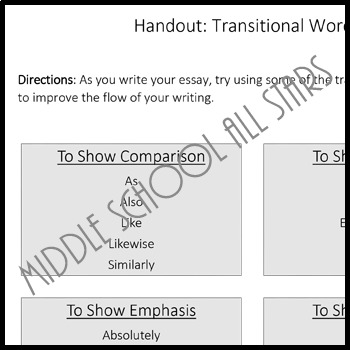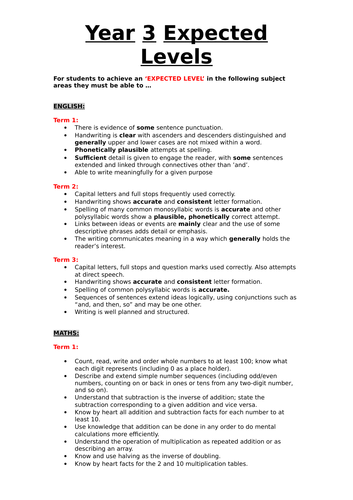Emphasis in writing is a way to convey to the reader that a particular word, phrase, or idea is important and should be given particular attention. There are several ways to show emphasis in writing, including the use of punctuation, formatting, and context.
One common way to show emphasis in writing is through the use of punctuation, such as exclamation points and question marks. Exclamation points are often used to convey excitement or surprise, and can be used to emphasize a particular word or phrase. For example: "I can't believe it's finally Friday!" In this sentence, the exclamation point emphasizes the speaker's excitement about the end of the work week.
Question marks can also be used to show emphasis, particularly when the writer wants to convey confusion or uncertainty. For example: "What did you just say?" In this sentence, the question mark emphasizes the speaker's confusion or uncertainty about the statement that was made.
Formatting can also be used to show emphasis in writing. For example, writers can use bold or italicized text to draw the reader's attention to a particular word or phrase. This can be particularly effective when the writer wants to emphasize the importance of a particular concept or idea.
Context is another important factor in showing emphasis in writing. The context in which a particular word or phrase is used can help to convey its importance and emphasis. For example, if a writer includes a word or phrase in a list of important points, it is likely that the writer wants to emphasize the importance of that point. Similarly, if a writer repeats a word or phrase multiple times in a paragraph or essay, it is likely that the writer wants to emphasize the importance of that word or phrase.
In conclusion, there are several ways to show emphasis in writing, including the use of punctuation, formatting, and context. By using these techniques, writers can effectively convey to the reader the importance of particular words, phrases, and ideas.








